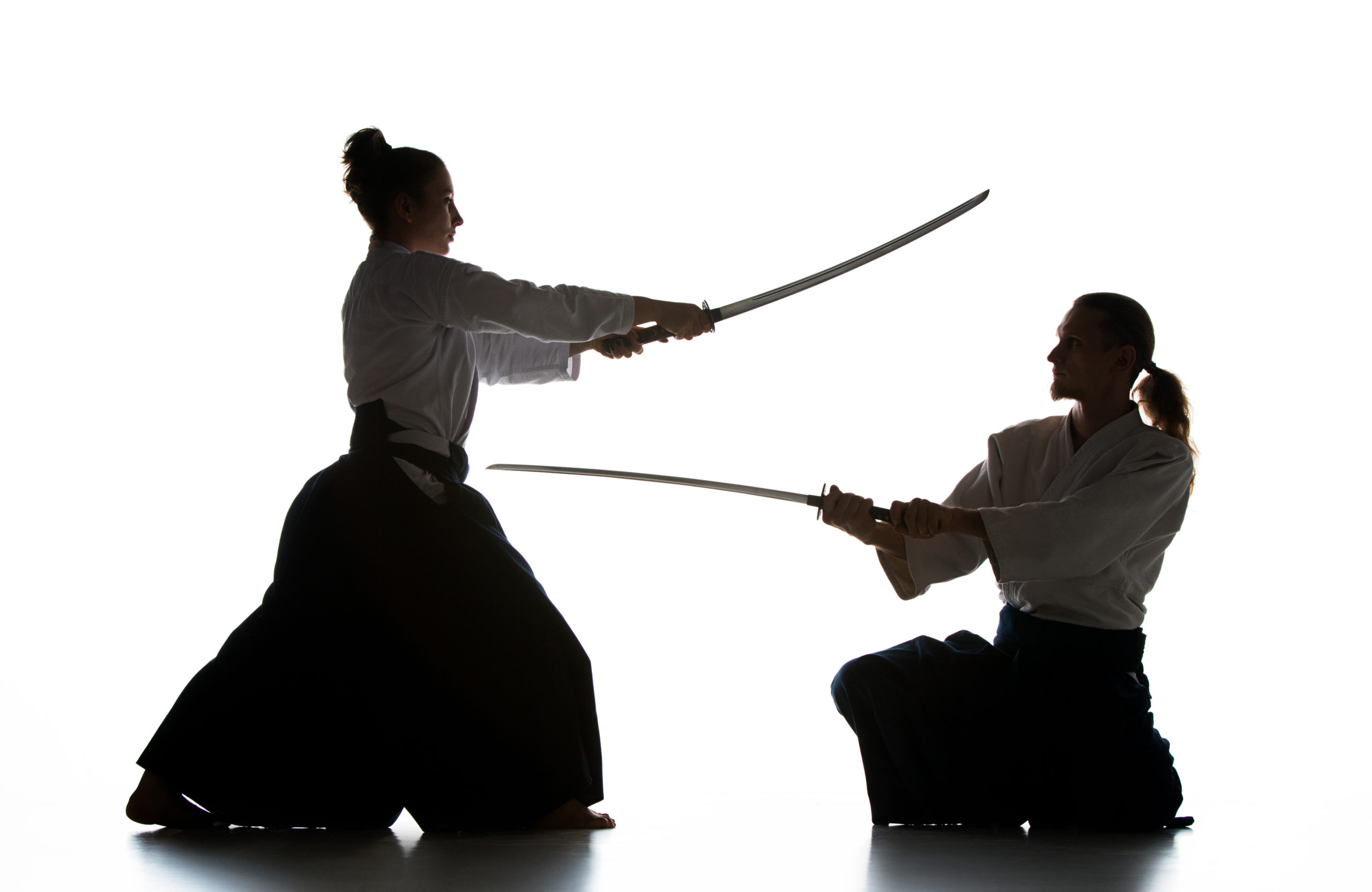
Aikido is a modern Japanese martial art developed in the early 20th century by Morihei Ueshiba. Unlike other martial arts that focus on overpowering opponents, aikido emphasises blending with the energy of the attacker to achieve harmony.
Origins and History
Aikido was created by Morihei Ueshiba (1883-1969), who studied various styles of jujitsu as well as sword and spear techniques in his youth. In the 1920s, after becoming dissatisfied with the focus on destruction in martial arts, Ueshiba developed a new approach he called aikido, which means “the way of harmony with life energy.”
Ueshiba drew inspiration from his spiritual practices in the Omoto-kyo religion as well as his appreciation of nature. Aikido techniques are designed to defend against attacks while protecting the attacker from harm. The aim is to resolve conflict through peaceful resolution rather than destruction.
After World War II, aikido spread beyond Japan, first to Europe and the Americas and then throughout the world. A number of styles have emerged from different aikido teachers with the same foundation. Today aikido is practised globally by people of all backgrounds and ages.
Philosophical Principles
Aikido philosophy emphasises several key principles derived from Ueshiba’s beliefs about conflict resolution.
| Principle | Description |
|---|---|
| Harmony | Blending and entering into the energy of the attack to redirect it |
| Non-resistance | Not opposing the attacker’s force directly but blending with it |
| Keeping one point | Staying calm and focused amid an aggressive attack |
| Non-competition | Focusing on self-improvement rather than defeating others |
The first is the importance of harmony. Rather than meeting force with force, aikido teaches blending and entering into the energy of the attack to redirect it. This allows resolution without harm to either party.
Related to this is the principle of non-resistance. Aikido practitioners are taught not to oppose the force of the attacker directly but rather to blend with the opponent’s movement in order to control it. This requires very little physical strength.
The principle of keeping one point, meaning staying calm and focused, even when faced with an aggressive attack, is essential to aikido. Maintaining mental composure allows the practitioner to respond appropriately.
Finally, the principle of non-competition is central. The goal in aikido is self-improvement and harmony with others, not domination or defeat of others. Aikido training is non-violent and non-competitive.
Movements and Techniques
Aikido techniques include throws, joint locks and pins as well as ways of blending with strikes. Footwork is essential, as are circular motions of turning with an attack and entering into an opponent’s space.
Throwing techniques like ikkyo involve off-balancing an opponent and then throwing them to the mat. Joint locks like nikkyo apply leverage and pressure on joints like the wrist, elbow or shoulder to force an attacker down.
Pins like kotegaeshi trap an opponent’s arms behind them to disable them. Striking defences absorb and redirect punches or kicks to unbalance an attacker. Multiple attackers can be managed through footwork and blended redirects of force.
Weapons like the staff (jo) and wooden sword (bokken) are also used for training. Weapons disarms teach generating energy from the centre and redirecting an opponent’s energy so even an unarmed one can control an armed attack.
The goal of all techniques is controlling an attack to neutralise danger, not harming the other person. Movements are circular to blend rather than clashing with force. Technique matters less than principle.
Training and Practice
Aikido is learned step-by-step with a partner. Specific moves are practised repeatedly with increasing speed and vigour. Over many repetitions, techniques become instinctual responses.
Training involves free-form techniques, paired techniques, and responses to multiple simulated attackers. Competition does not play any role in aikido practice. Testing for rank qualification focuses on demonstrations of proficiency, not competitive matches.
Daily practice cultivates self-control, calmness under pressure, flexibility and endurance. Aikido also improves confidence, awareness, focus and mental discipline. The spiritual, mental and physical dimensions of the art combine to develop the whole person.
Dojos emphasise etiquette like bowing and courtesy to build character along with martial skill. Aikido can be practised at any level across all age groups to improve health as well as self defence. Regular training over the long-term is essential to engrain techniques mentally and physically.
To conclude, Aikido provides a unique approach to martial arts by focusing on peaceful resolutions and the betterment of both participants. It integrates mental, physical and spiritual dimensions to improve practitioners inwardly and outwardly.
Built on principles of harmony, non-resistance and non-competition, aikido offers a way to growth and self-mastery beyond just technical skill. Regular training with partners refines reflexive responses to turn conflict into an opportunity for purposeful connection.
After nearly a century of development, aikido continues to spread as an appealing path worldwide for those seeking self-improvement, self-defence skills and a peaceful way of life in harmony with others. For many around the world, aikido truly represents “the way of harmony with the spirit”.